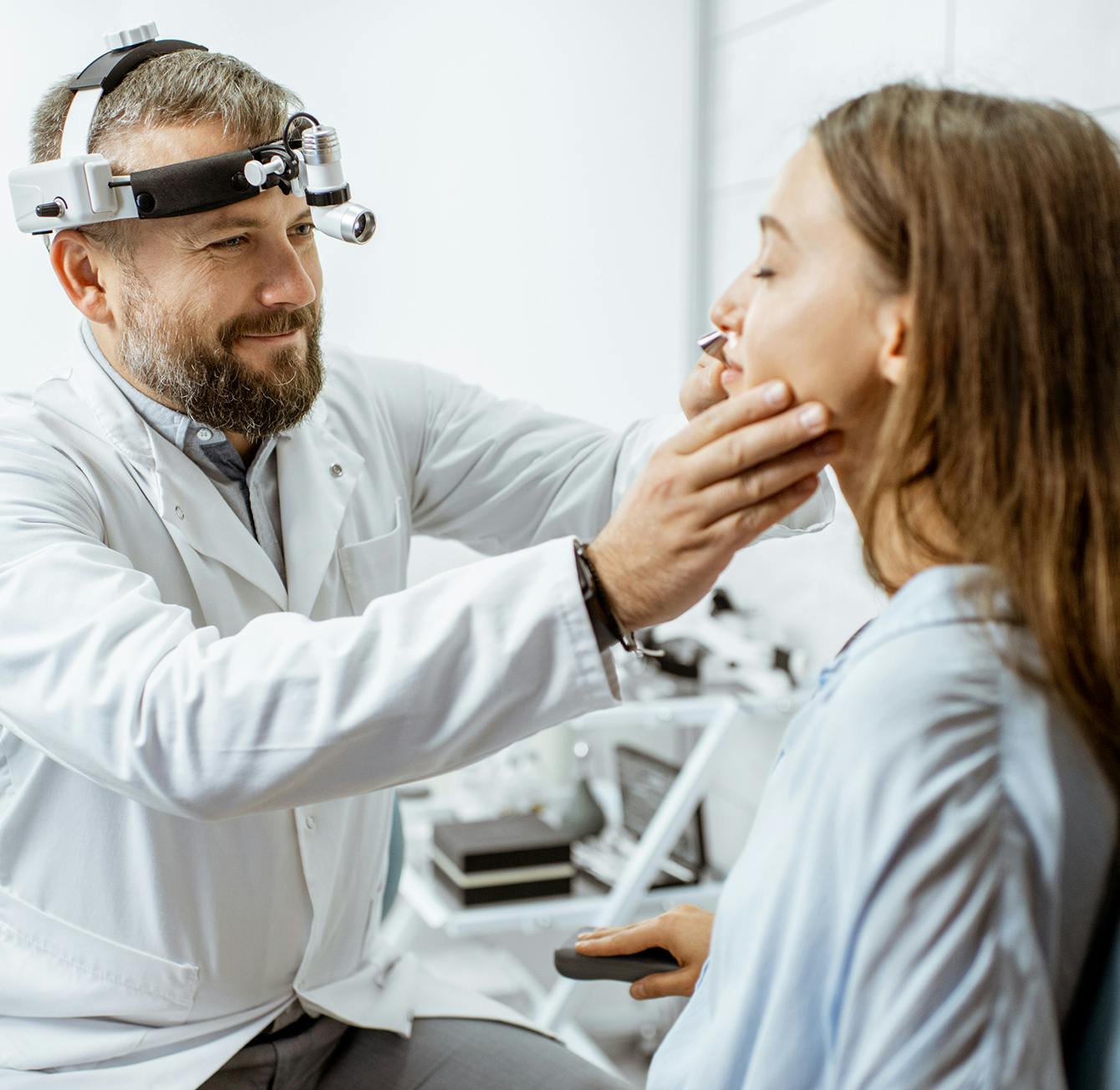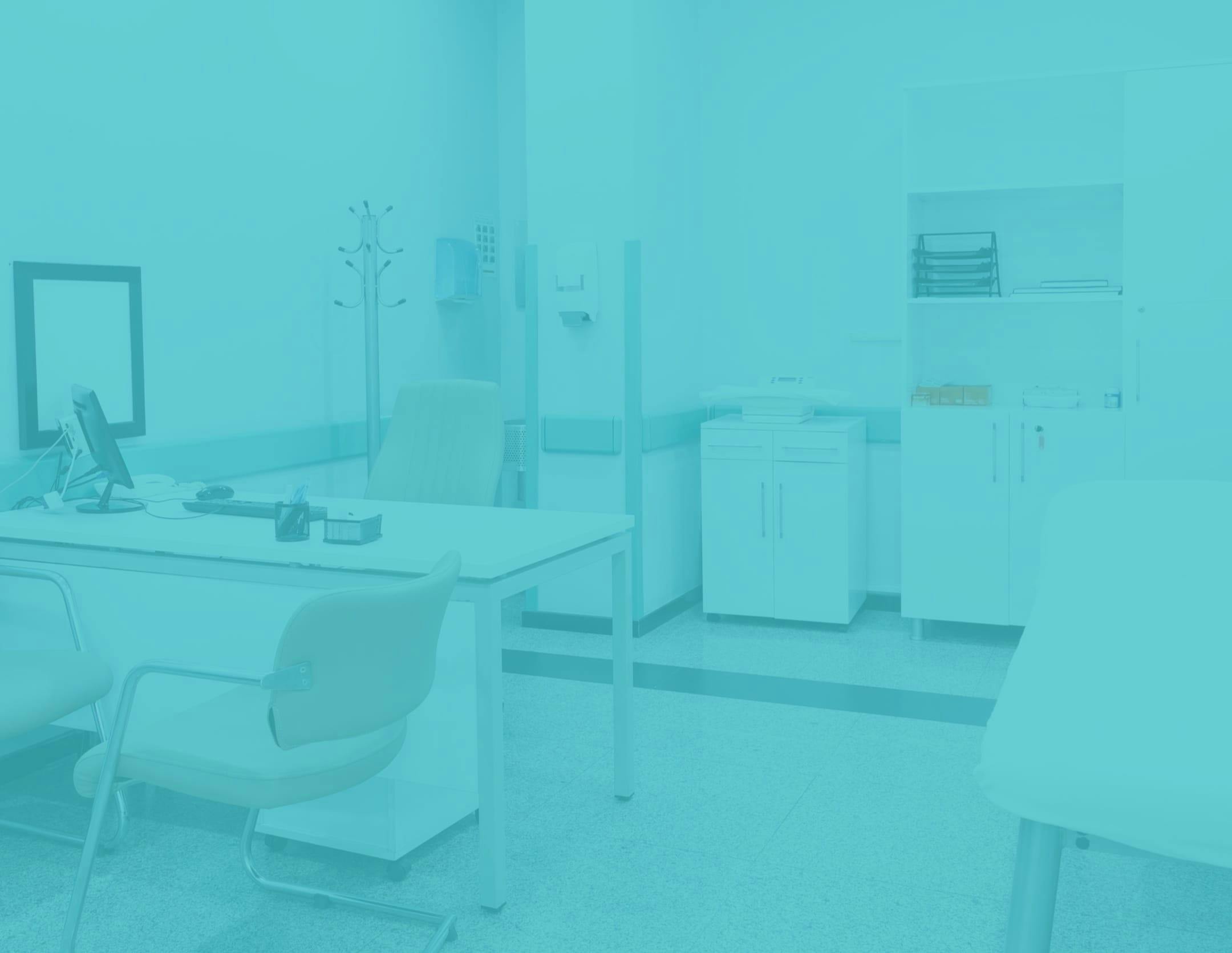When patients suffer from chronic sinus symptoms that are not responsive to medical therapies, endoscopic sinus surgery may be performed. This procedure removes blockages in the sinuses that can cause pain, drainage, impaired breathing, and other symptoms.

Recovery
Because endoscopic sinus surgery is performed entirely inside the nose and doesn’t require external incisions, most patients can return home the same day to begin the healing process. For the first three to five days after surgery, you can expect some bloody discharge, pain, and fatigue. Nasal congestion and discharge are also common for about three weeks. To relieve these symptoms, you may use nasal saline spray every two hours and irrigate your sinuses with sinus rinse kits twice a day. To prevent bleeding, refrain from blowing your nose, engaging in strenuous activity, and straining. You will also need to avoid steroid nasal sprays, along with aspirin and other NSAIDs.
Although endoscopic sinus surgery is very safe, there are some red flags to be aware of during recovery. If you have a fever higher than 101, constant watery discharge, sudden vision changes, eye swelling, a severe headache, neck stiffness, or steady nose bleeding, contact your doctor’s office immediately.



